Airborne Forces have long been associated with not only the maroon beret but also the famous Denison Smock.
This archetypal piece of clothing was introduced after direct copies of the German “Step in Smock”, which had short legs attached as part of the main body, were initially used. These were officially labelled as "Jacket Parachutists" and were used from 1940 to 1942.
In 1942 the "Smock Denison Airborne Troops" was introduced and this version dispensed with the legs and instead utilised a “tail” which was attached at the back and fastened underneath the crotch to the front of the garment. This tail helped keep the wearer warmer when parachuting and could be undone upon landing.
Several online sources claim that the smock was named after Major Mervyn Dennison, who is said to have designed it as part of a camouflage unit led by the stage designer Oliver Messel. While Major Mervyn Dennison was a very real officer, there is no official documentation to support the idea he designed the smock. This is besides the fact that his surname is not even spelt the same way as the smock. Similarly, rigorous research has uncovered no contemporary references to the involvement of Oliver Messel in the smock's design. A more likely theory is that 'Denison' was a corruption of 'Denim'. This is based on the fact that several early smocks of the period were labelled 'Smocks Denim' instead of 'Smocks Denison'.
The smock was cut to generous proportions as it had to fit over the wearers normal battledress. It consisted of a body of camouflage material of a sand base with a mid green and brown disruptor in a brush stroke pattern. The pattern was officially known as Drill No.4 Camouflaged.
It had a lining of Angola Drab around the collar, with knitted cuffs for the sleeves and with side adjusters to help with the loose fit of the garment. There was a half zip so the smock had to be pulled over the head. There was no fastening to store the “tail” when not in use on the first version of the smock.
During operations in North Africa local Arabs coined the phrase “Men with Tails” to describe Airborne Forces they saw on the ground with their unfastened “tails” flapping! This would also come to prominence during operations against the Germans when they named the Paras “Red Devils”, both in reference to the tail, the red coloured earth the Paras were covered in and also their fighting spirit.
These smocks were used throughout operations in North Africa and Italy and were replaced in 1944 by a new version. This had a light green base with mid green and red brown brush strokes. It also had fasteners to allow the “tail” to be stored when not in use and also dispensed with the knitted cuffs resulting in many men sewing sock tops to the sleeves to act as cuffs.
This pattern continued post war with subtle colour variations and with the brush strokes of the pattern becoming more refined.
Of note is the existence of a small number high quality smocks which were produced under contract to the Air Ministry by Windak. You can learn more about the development of the Windak Smock here. Constructed of a high quality windproof gaberdine most appear to have been issued to senior officers, including Browning, Gale and Hill and are often misidentified as converted "officer pattern" Denisons with a full zip.
The design was further refined with the introduction of the 1959 Pattern Denison Smock, which introduced a full length zip and a more fitted shape. The first batch of these were produced from existing post war Denison camouflage material which was soon replaced with a newer vertical striped camouflage pattern with colours of khaki, dark green and dark brown.
Later variants of the ‘59 pattern included a version introduced in 1968 with a mustard sand coloured base and stylised brush pattern in two tones of brown and one of green.
The final version was introduced in the early 1970s and had a lighter khaki base with the brown and green over striping in a vertical pattern, similar to the ’59 pattern. This pattern also dispensed with the title “Denison” from the label and introduced a Nato Stock Number (NSN) of 840599973.
This version remained in use until the late 1970s when it was replaced with a standard Disruptive Pattern Material (DPM) "Smock Parachutists". Variants of the DPM and Desert DPM Para smock were used until 2012 when they were replaced by a new smock in the Multi Terrain Pattern (MTP).
Source:
Compiled with information from:
https://www.camopedia.org/index.php/Denison_smock#cite_note-2, Eric Larson
Denison, British Airborne Specialist Clothing from WW2 to the Present Day, Bruce Wilson in collaboration with the Airborne Assault Museum
Editing from Ben Hill and Alex Walker
Read More

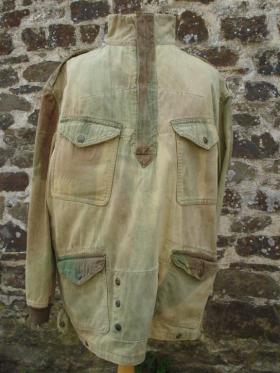
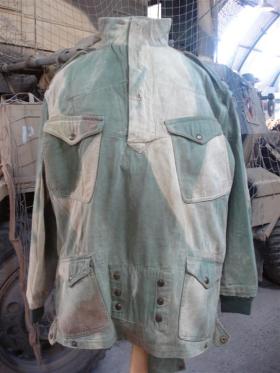
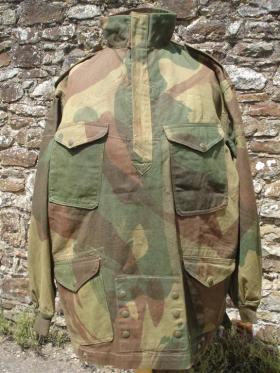
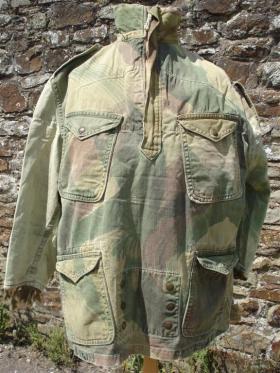
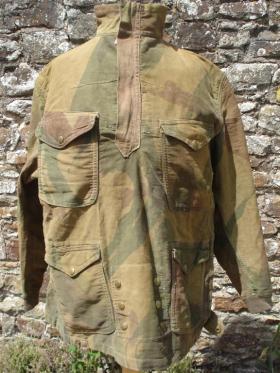
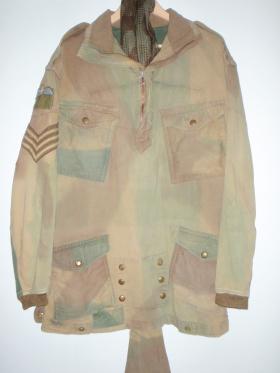
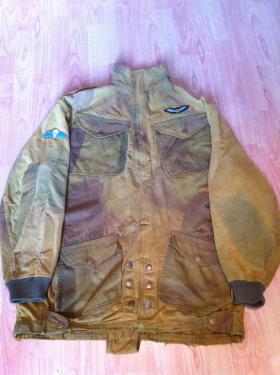
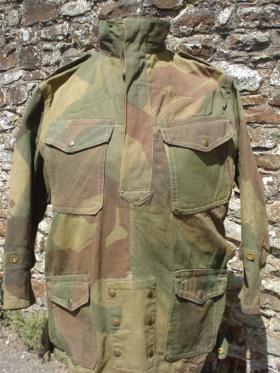
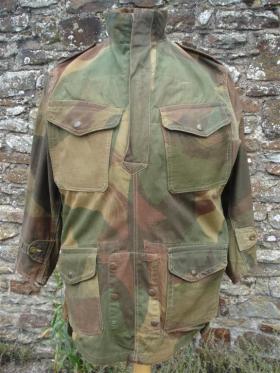
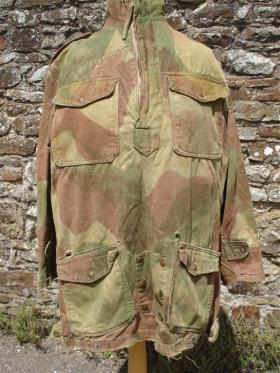
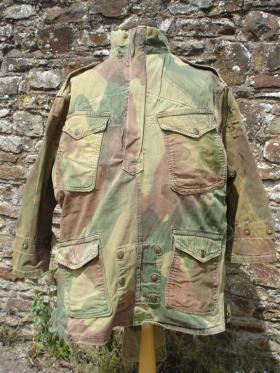
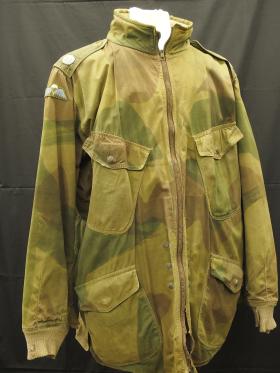
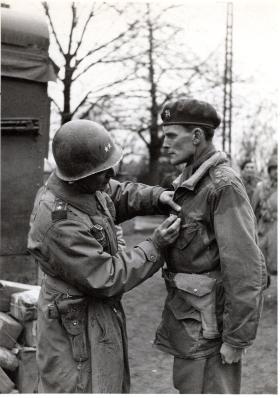
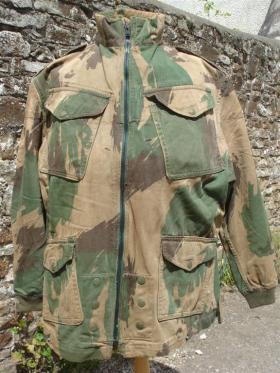
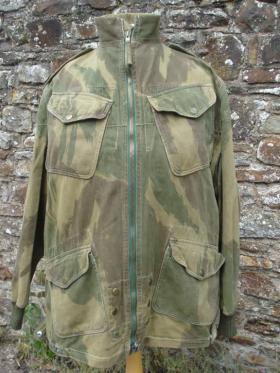

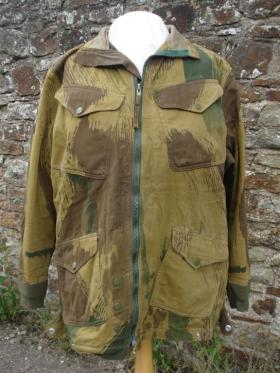
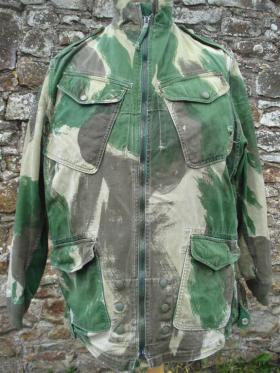
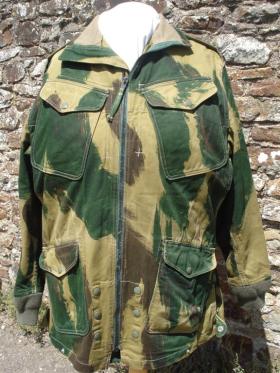
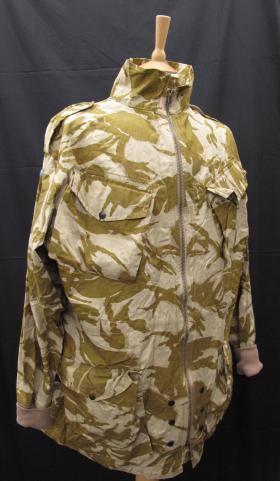
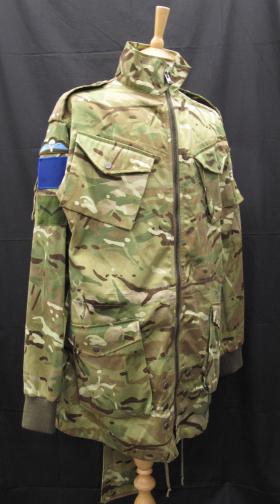
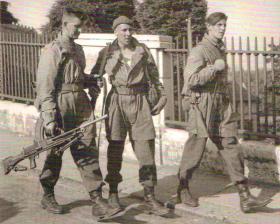
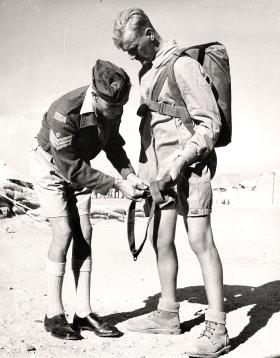
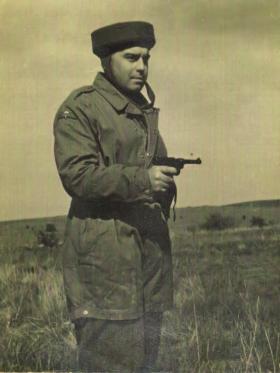
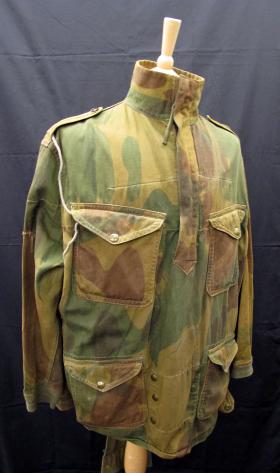
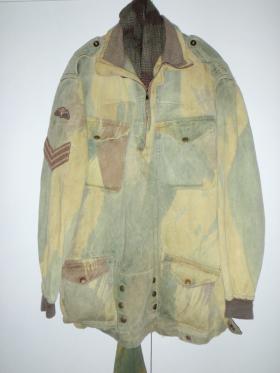
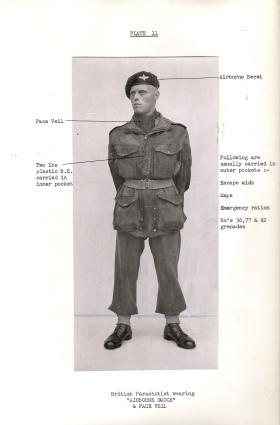
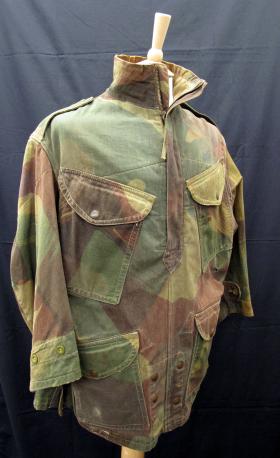
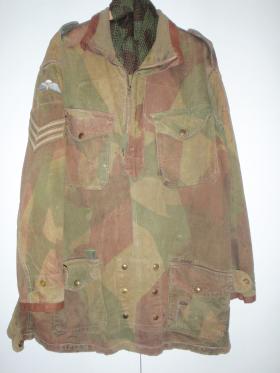
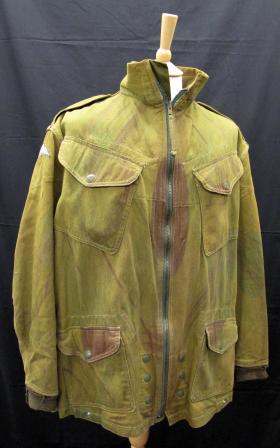
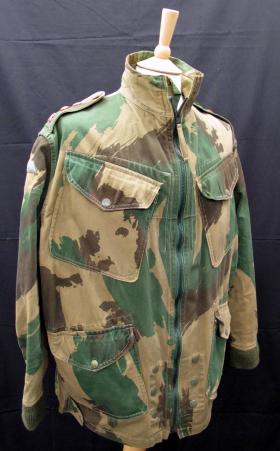
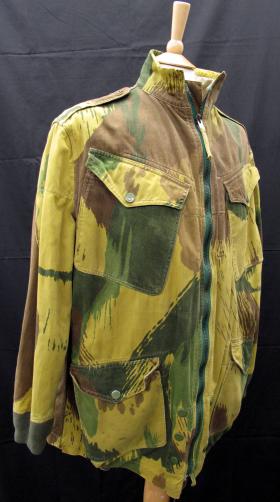
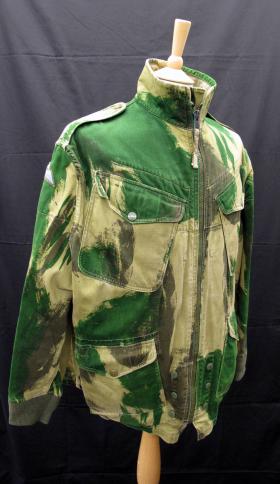
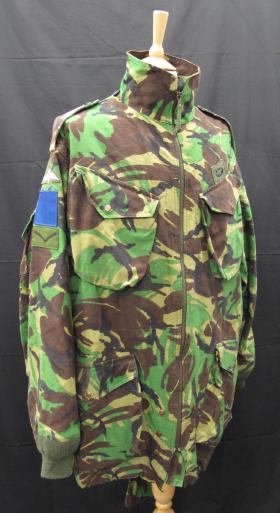
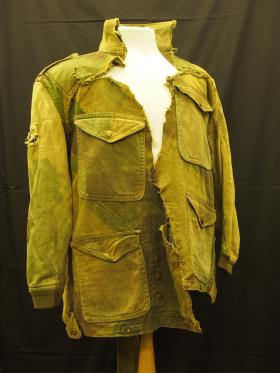
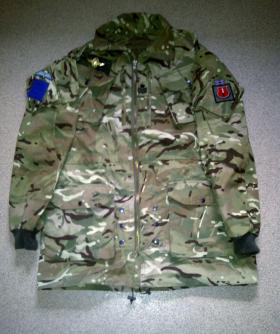
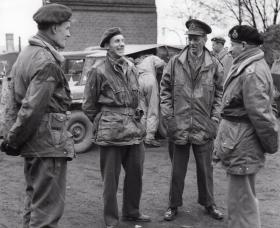
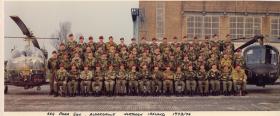
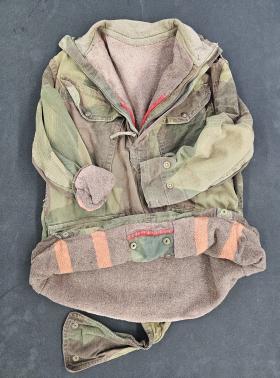
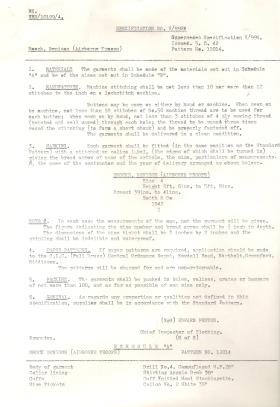
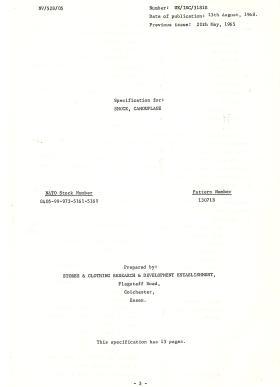



Latest Comments
There are currently no comments for this content.
Add Comment
In order to add comments you must be registered with ParaData.
If you are currently a ParaData member please login.
If you are not currently a ParaData member but wish to get involved please register.